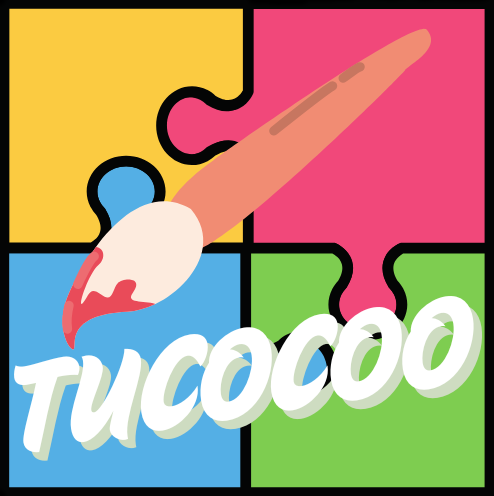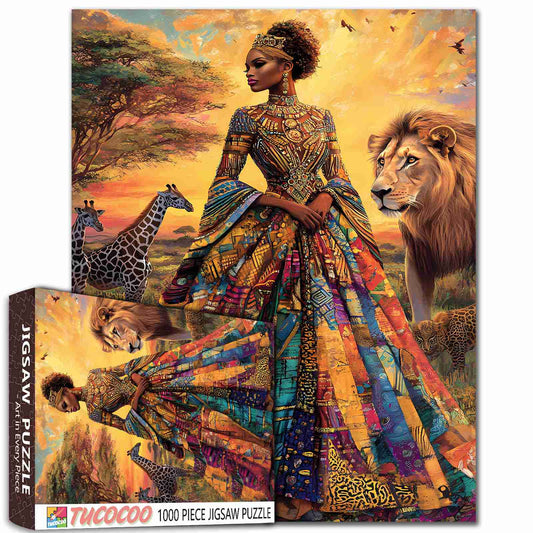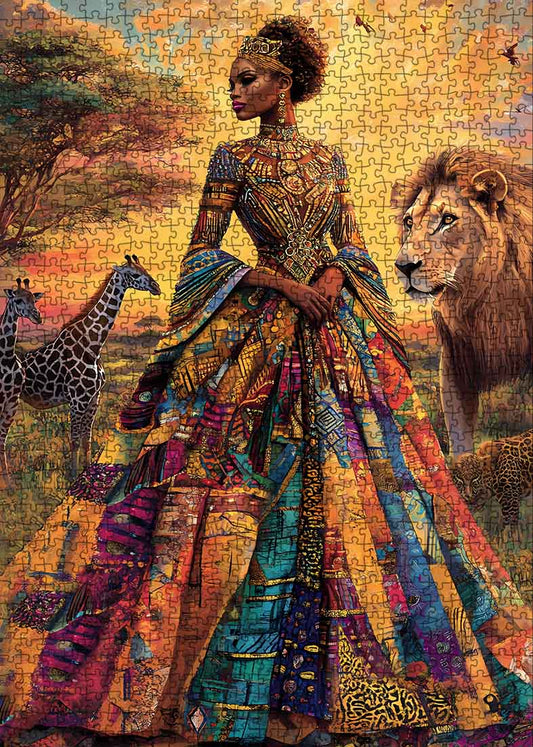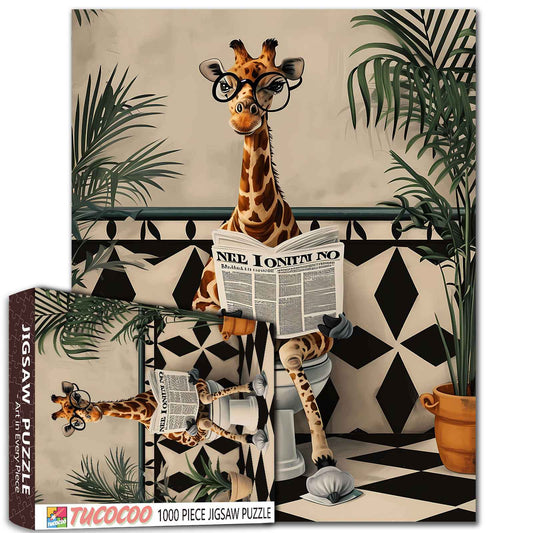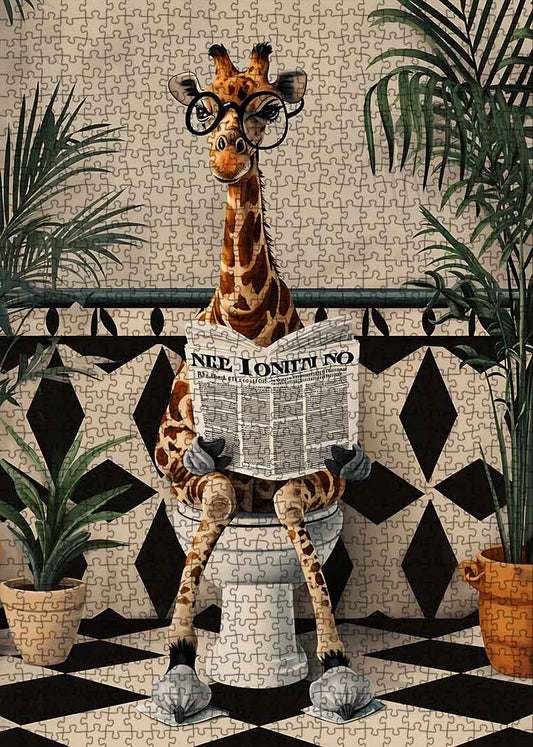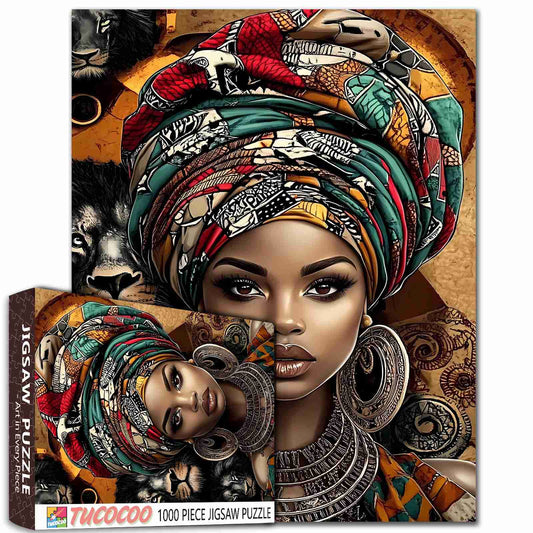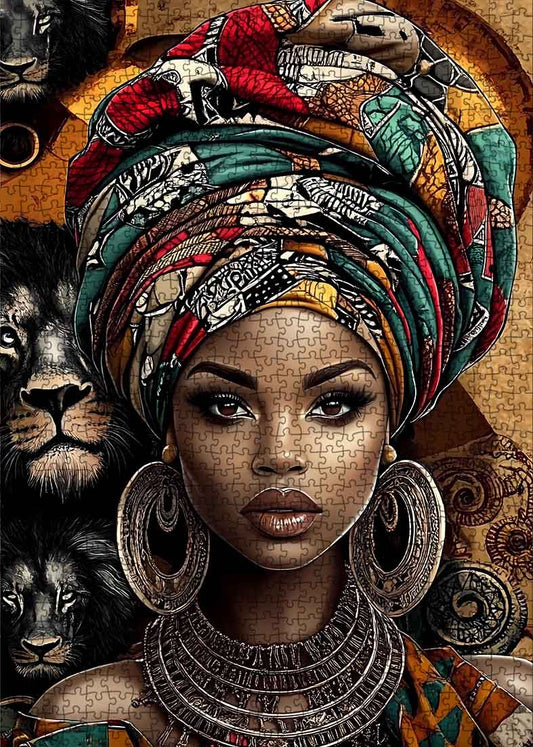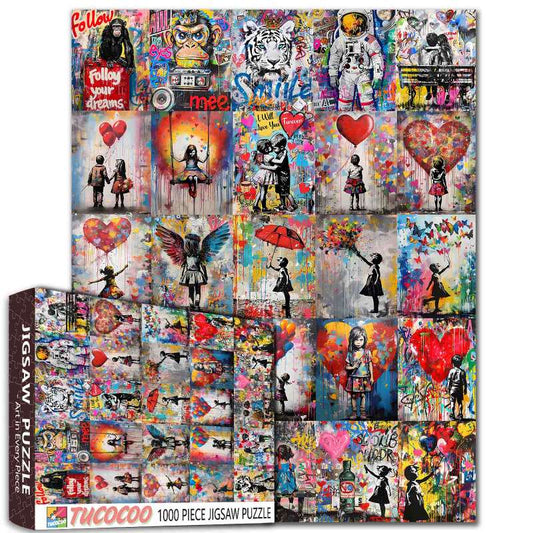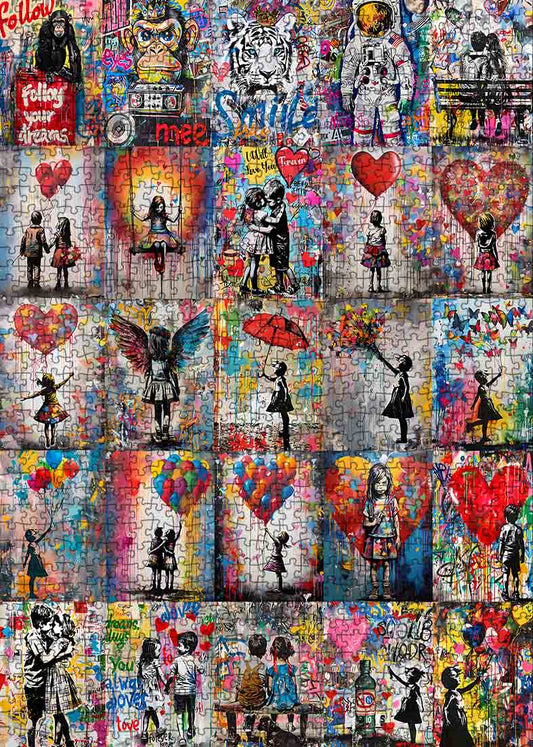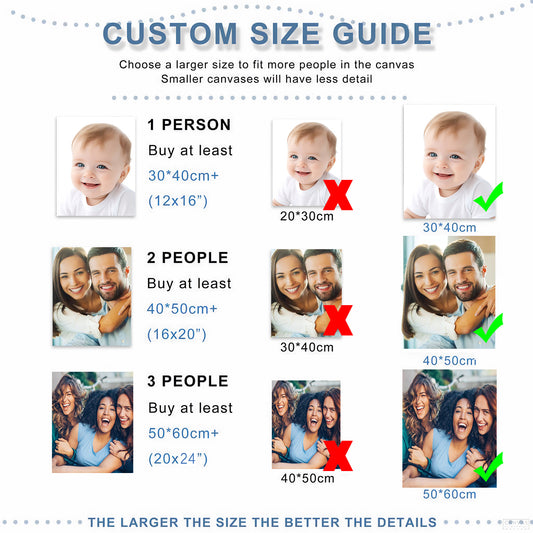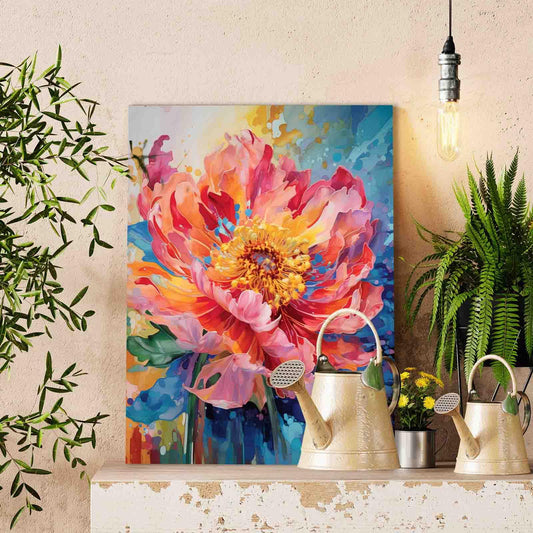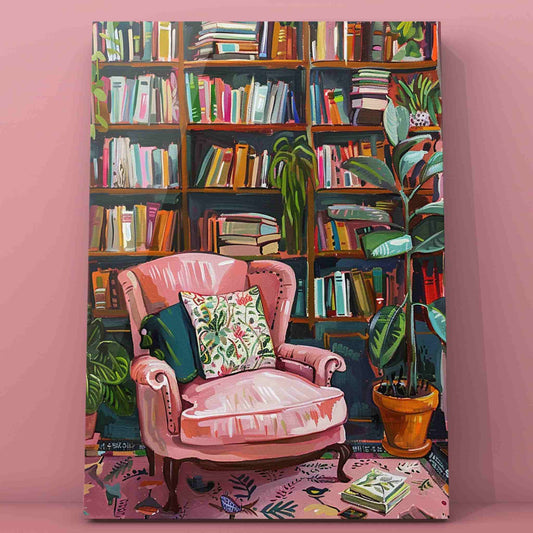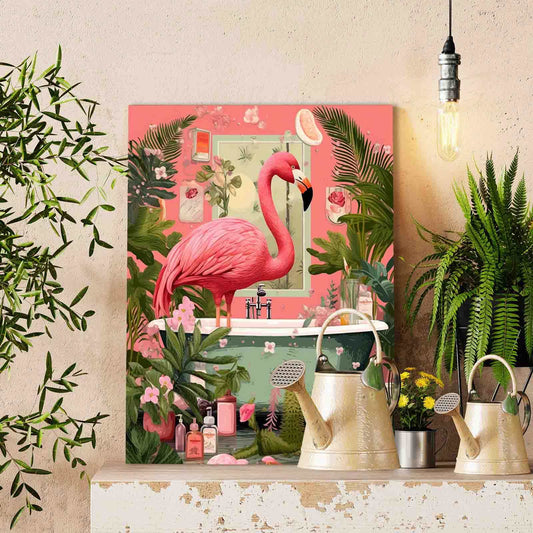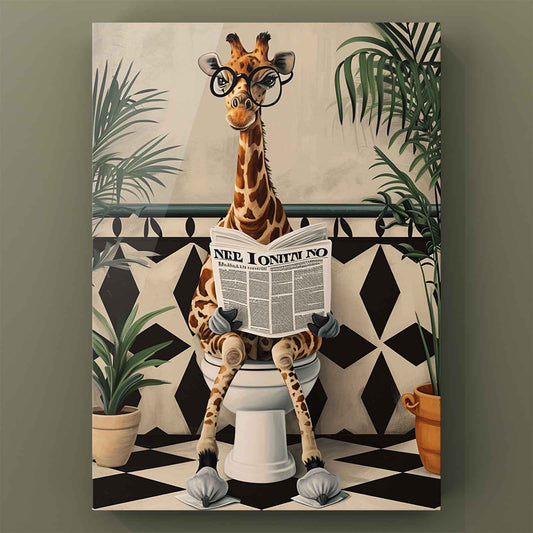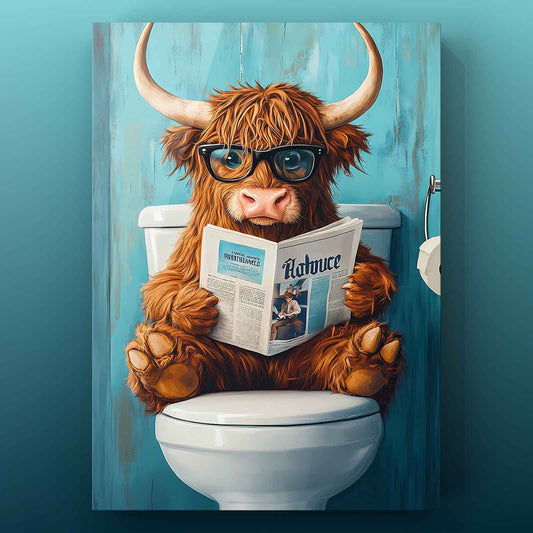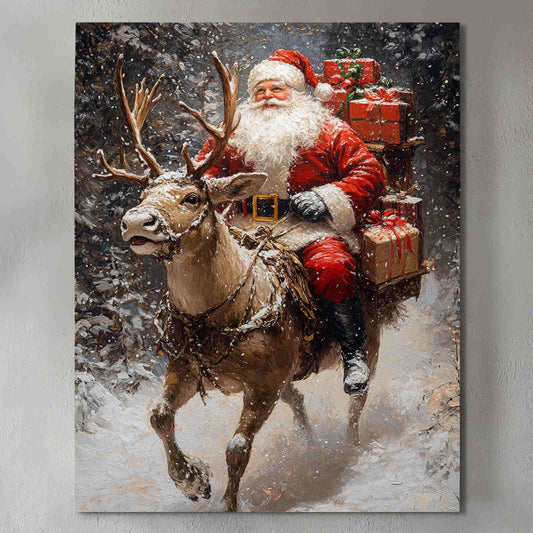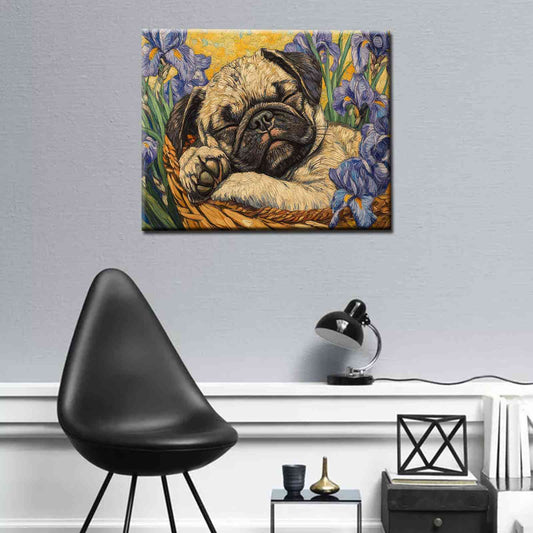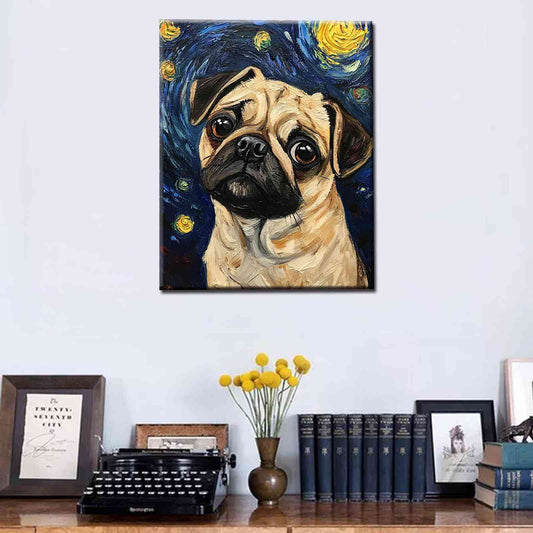
From Urban Walls to Galleries The Rise of Graffiti Art
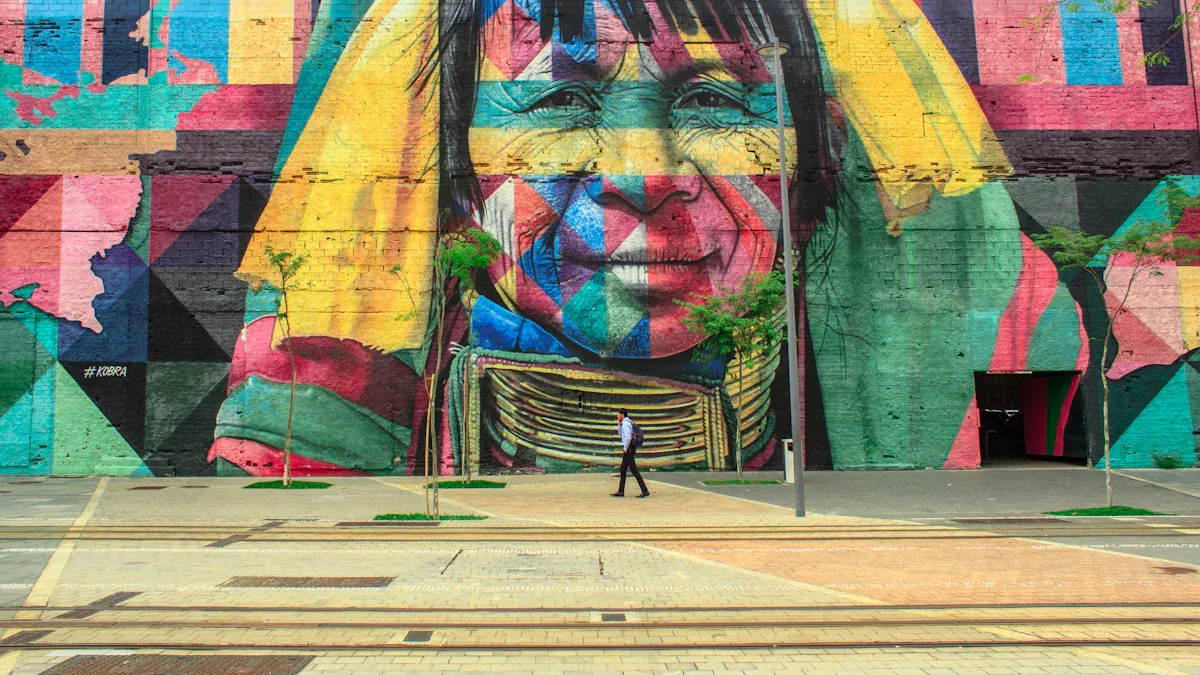
Graffiti artwork has evolved significantly over the years. What began as simple tags has transformed into a respected art form. During the 1970s and 1980s, galleries began showcasing graffiti artwork in their spaces. The media celebrated its creativity, and public art projects highlighted its importance to communities. The rise of street art demonstrates the growing respect for graffiti artwork, as artists have blended rebellion with culture to create something truly impactful.
Key Takeaways
Graffiti began as a way to rebel but is now respected art in galleries.
Social media helps graffiti artists share their work worldwide and get noticed.
Artists mix old methods with digital tools to keep graffiti fresh and exciting.
The Origins of Graffiti Artwork: Rebellion and Urban Expression
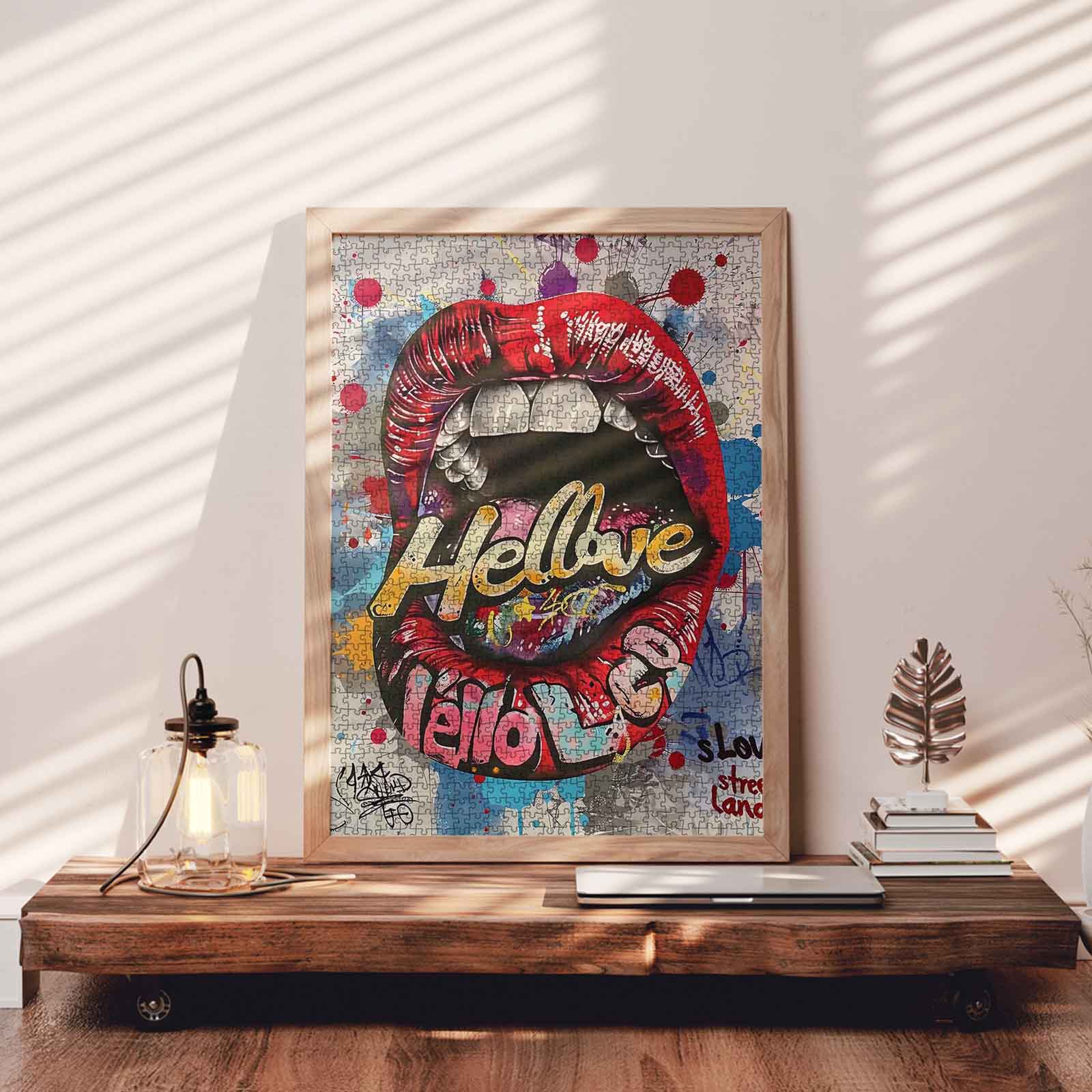
Tucocoo Graffiti Jigsaw Puzzles Collection
Graffiti as a Voice of the Marginalized
Graffiti has been a way for unheard voices to speak. It gave marginalized groups a way to share their thoughts. People have used graffiti since ancient times in Egypt, Greece, and Rome. Back then, it was a way to send messages and share ideas. In the 1960s and 1970s, graffiti grew popular in New York City. Artists used spray paint to make big murals and tags on walls. These artworks showed the struggles and dreams of ignored communities. They also questioned unfair rules and started talks about inequality.
Graffiti became a way to fight against unfair systems. Artists turned forgotten walls into meaningful art pieces. These works showed how much culture and art could matter. This rebellion gave artists a way to be creative. It also made people notice important social and political problems.
The Role of Hip-Hop Culture in Shaping Graffiti Street Art
Graffiti grew alongside hip-hop culture in the 1970s. Hip-hop started in New York City and included graffiti as a key part. In São Paulo, graffiti became a way to talk about social issues. Artists there showed the struggles of their communities through their work. They mixed art with activism to share their message.
Hip-hop helped graffiti become more than just rebellion. It turned into a respected cultural movement. Graffiti artists used hip-hop’s energy to create bold, exciting art. Their work connected with people all over the world. Graffiti became a global movement, bringing artists and communities together.
Early Perceptions: Vandalism vs. Art
At first, people argued about whether graffiti was art or vandalism. Some thought it was just destruction and linked it to crime. Others saw it as a strong form of urban art. Studies show how opinions about graffiti have changed over time:
Study Title |
Key Findings |
Methodology |
|---|---|---|
Graffiti and perceptions of safety: A pilot study using photographs and survey data |
Graffiti affects how safe people feel; opinions differ by type and person. |
Photos and surveys |
Public Perception towards Graffiti Art in Malaysia |
Many people liked graffiti art; 62.5% viewed it positively. |
Visual study, interviews, surveys |
These studies show how views on graffiti have shifted. As street art festivals became popular, more people saw graffiti as real art. Professional graffiti artists helped change these views. They showed how rebellion and creativity could work together.
The Evolution of Street Art: Style and Cultural Movements
The Transition from Graffiti to Street Art
Street art started with graffiti in the 1960s and 1970s. Artists began by writing simple names, called tags, on walls. Over time, these tags turned into detailed and colorful murals. This change wasn’t just about skill but also about being noticed. In the 1980s, artists like Jean-Michel Basquiat and Keith Haring brought graffiti into galleries. Their work helped people see graffiti as real art.
People’s opinions about graffiti also started to change. What was once seen as vandalism became a way to express creativity. Artists stopped hiding their identities and used their art to tell stories. This shift led to street art, which included many styles and ideas. Today, street art mixes graffiti with new things like digital art and technology.
The Influence of Social and Political Movements
Street art has always been used to talk about big issues. Artists paint walls to show problems like unfairness, human rights, and climate change. Movements like Black Lives Matter inspired murals that share their messages. These artworks give a voice to ignored groups and turn walls into places for protest.
The phrase "to take to the streets" explains this kind of art. Early graffiti artists wanted to challenge rules and make art for everyone. They encouraged free expression and pushed for change. Today, street art still speaks about struggles and hopes around the world.
Pioneering Artists Who Redefined Graffiti Artwork
Some artists helped graffiti become respected as real art. Blek le Rat, who started stencil graffiti, used his art skills to make meaningful pieces. His famous rat stencils stood for freedom and spreading art, inspiring others.
Other artists like Dondi, Lady Pink, and Lee Quiñones turned trains into moving art galleries. Their creative styles and bold ideas changed how people saw art. By adding deeper stories to graffiti, they gave it a new purpose. These artists showed that art can grow in surprising places and helped street art evolve.
Technology and Social Media: Boosting Graffiti's Growth

How Social Media Shares Graffiti Street Art
Social media has changed how graffiti art is shared. Apps like Instagram let artists show their work to the world fast. Instagram’s focus on pictures fits well with graffiti’s bold colors. Artists use hashtags to make their art easier to find. This helps them connect with fans everywhere and show their skills.
Graffiti often doesn’t last long, as it gets painted over or removed. Social media saves these short-lived artworks by sharing them online. People also share graffiti they like, spreading it further. This sharing has helped graffiti become more accepted and respected.
How Technology Helps Graffiti Artists Get Famous
Technology has given graffiti artists new ways to grow. Augmented reality (AR) makes murals interactive, letting people explore them in fun ways. Artists mix digital tools with graffiti to create fresh styles.
Online platforms let artists save and share their work with more people. Web 2.0 has made graffiti more popular, with social media shaping opinions. This global reach has turned graffiti artists into famous cultural figures.
Graffiti Meets Digital Art
Combining graffiti with digital art has opened new doors. Murals can now become digital designs, making them more visible. Some artists even create Non-Fungible Tokens (NFTs) to sell their graffiti online.
Social media links graffiti artists with others around the world. This connection inspires teamwork and new ideas. By blending graffiti with digital art, artists keep pushing creative limits. This mix ensures graffiti stays fresh and exciting.
Graffiti in Mainstream Spaces: From Urban Walls to Galleries

Tucocoo Graffiti Canvas Wall Art
Canvas Wall Artrt Galleries and Museums
Graffiti has changed a lot, moving from streets to galleries. In the 1980s, galleries started seeing graffiti as real art. Artists like Jean-Michel Basquiat and Keith Haring helped this happen. Their work mixed street art’s boldness with gallery elegance.
Museums also began showing graffiti to honor its cultural value. Exhibits praised street artists for turning walls into colorful artworks. This shift showed that graffiti could be more than rebellion. It became a respected part of the art world.
Collaborations with Fashion Brands and Corporations
Graffiti’s influence has grown into fashion and business. Big brands now work with graffiti artists to make cool designs. These partnerships bring graffiti closer to everyday life.
Luxury fashion brands use graffiti-inspired designs in their collections. Companies also hire artists to paint murals for their image. These collaborations show how graffiti has become popular and widely loved.
Notable Artists Bridging the Gap Between Street Art and Mainstream Art
Some artists have connected street art with mainstream fame. Their work has made graffiti a celebrated art form.
Artist |
Contribution |
Era |
|---|---|---|
Banksy |
Famous for thought-provoking street art, known worldwide. |
1990s - Present |
Keith Haring |
Mixed street art with high art, shaping 1980s culture. |
1980s |
Jean-Michel Basquiat |
Started on NYC streets, became a major name in art. |
1980s |
These artists proved graffiti can shine in cities and galleries. Their work inspires new artists and shows graffiti is true art.
The Future of Graffiti Artwork: Innovation and Beyond

Tucocoo Graffiti Canvas Wall Art
The Rise of Digital Graffiti and NFTs
Digital graffiti is changing how art is made and shared. Artists now use augmented reality (AR) to make murals interactive. These tools let graffiti go beyond walls and into new spaces. Non-Fungible Tokens (NFTs) help artists sell and protect their digital work. With NFTs, graffiti can last forever in the digital world.
Social media apps like Instagram help spread digital graffiti worldwide. Artists can show their work to millions of people online. This makes street art more popular and respected as real art.
How Graffiti Continues to Evolve as a Cultural Movement
Graffiti still speaks about important social and political problems. Artists use walls to share messages about climate change and human rights. These artworks connect with people and inspire change.
Graffiti brings together artists from different places and cultures. They share ideas and mix old styles with new ones. As it grows, graffiti stays a voice for the unheard while using new tools and methods.
Challenges and Opportunities for the Next Generation of Graffiti Artists
Young graffiti artists face both problems and chances to grow. Social media helps them show their art and try new ideas. Apps like Instagram let them save and share their work easily.
There are also new ways to earn money, like training programs from NGOs. In places like Nigeria, graffiti helps young people express themselves and learn. But some still see graffiti as vandalism, not art. Even with these struggles, graffiti inspires learning and creativity for the future.
Graffiti has changed a lot, going from vandalism to admired art.
Bright murals now cover city walls, showing culture and creativity.
-
Time Period
Description
Ancient Times
Used to share ideas and messages in old societies.
1960s-1970s
Started as urban rebellion, often seen as destruction.
Present Day
Found in galleries, city projects, and global teamwork.
This shows graffiti’s ability to inspire and expand art’s limits.
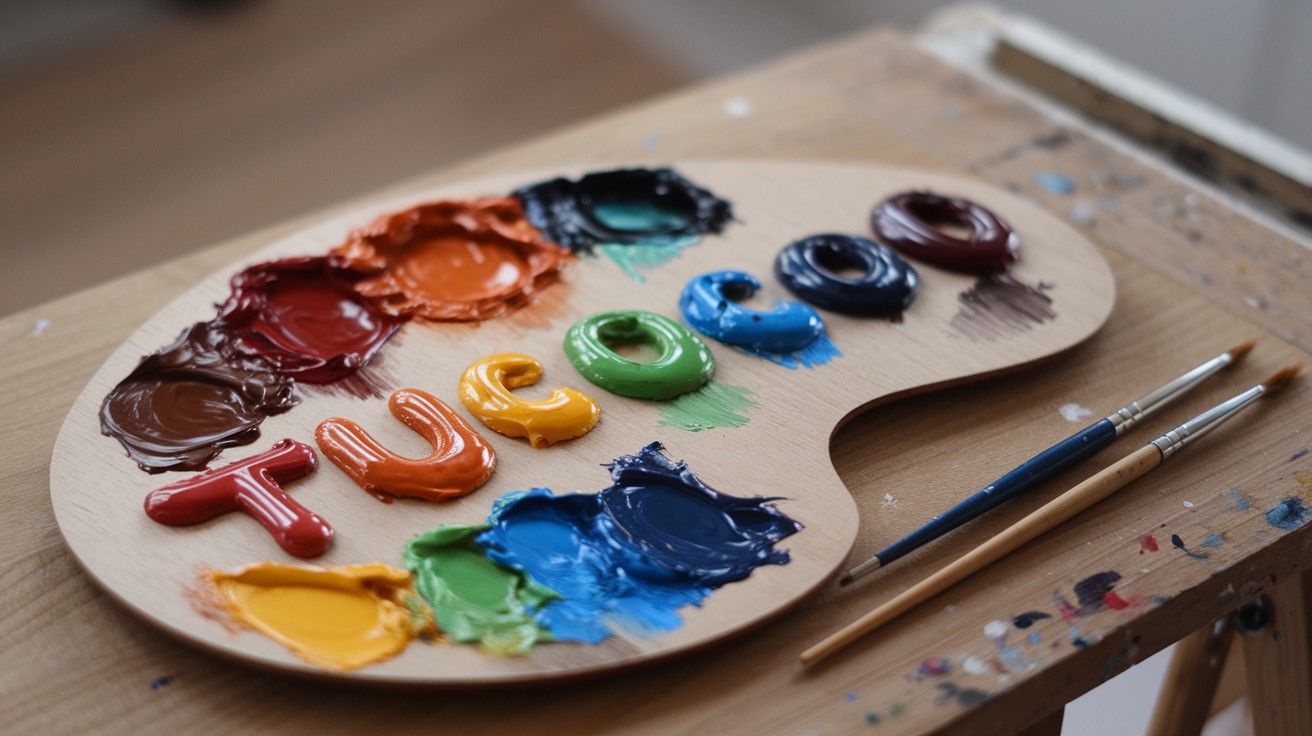
Tucocoo Graffiti by Numbers
